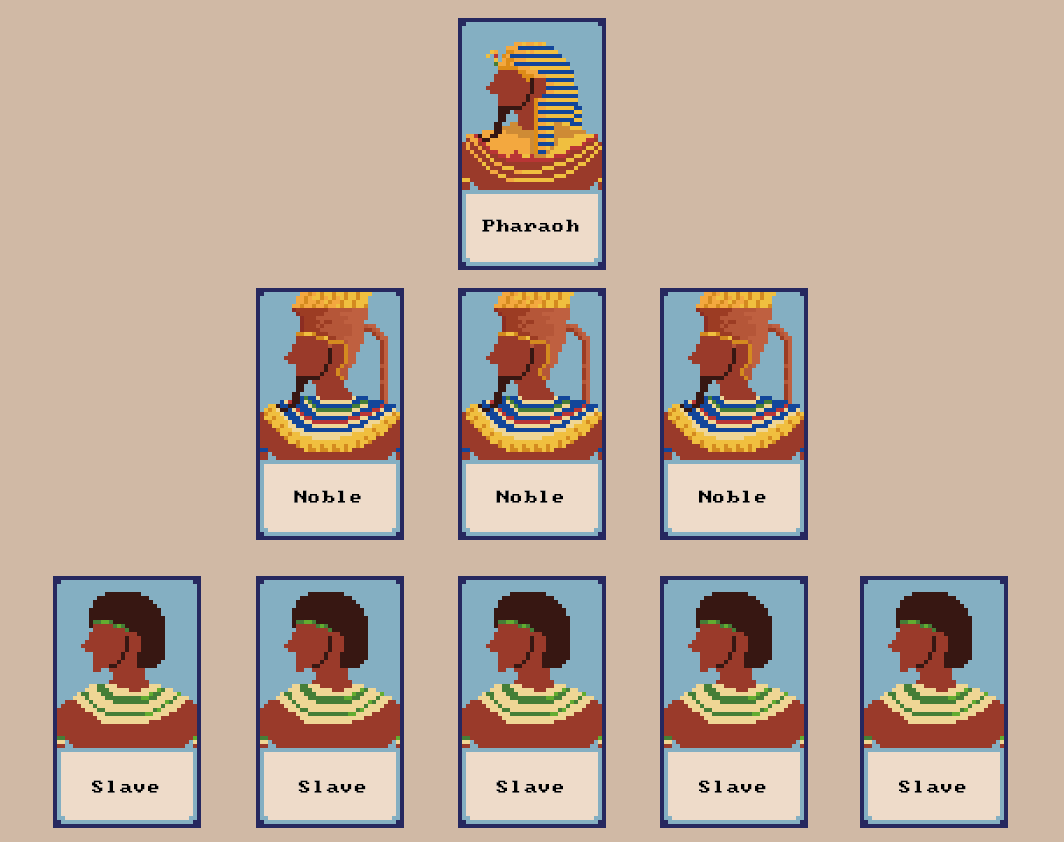
Theme:
In response to 'play and force', I made a simple 9 cards PNP(Print and Play) board game.
Context:
Since Matt talked about 'play and force' in his presentation last week, I've been looking for a force as an input in my project.
And I also did the presentation of 'play and force' last week, and in the process of looking for examples, 'Mahjong' undoubtedly gave some inspiration. It is a popular form of entertainment(also a gambling game) in East and Southeast Asia.
I want to try to extract the most attractive thing in 'Mahjong'. After thinking back to playing Mahjong myself and interviewing my family members, I initially thought it was the ubiquitous 'randomness' in Mahjong that made it so attractive, and that this randomness was varied and staged, Every random judgment in the game may affect the outcome, which in turn determines that players need appropriate operations and strategies. And not just like in many other gambling games, the winner or loser is decided from the moment the cards are dealt.
So I wanted to create a game that would bring a similar experience. And I've always been a board game lover, so the idea of creating a 9-card PNP board game that uses 'randomness' as an input force was born.
In the book 'The art of game design', Jesse Schell discusses in detail the use of probability as a basic mechanism in games and some examples in Chapter 12 - Mechanics. So when I read this part again with the task of designing a board game with a focus on randomness, I got a lot of new inspirations, which I will talk about in detail in reflection.
Method:
1. Brainstorm on paper and try to create some simple paper prototypes
2. The 'Pyramid' prototype looks good, so I set some more detailed rules for him
3. Play with myself and test for balance and logical errors
4. After improvement, a initial board game prototype appeared
5. Set a simple game background for 'Pyramid' - a revolution that took place in ancient Egypt (also got some inspiration from related papers I found)
6. Make a set of pixel-style cards and card backs on Aseprite
7. Printed cards, played with my brother for a while, and tested the balance on a larger base (50 rounds of play)
8. Added some new rules to make the game more balanced and improve the experience
9. Make a rulebook
10. Edit a play video
Reflection:
In 'The art of game design' Jesse talks about an interesting concept, in many games, one thing that differentiates experienced players from rookies is the ability to estimate probabilities to predict what will happen next. And when you're designing a 'pure probability' game, making sure the risk is balanced becomes a very important thing.
Considering this is a board game, I hope that its game scene will be mainly limited to some parties, and I don't want it to have too complicated mechanics, and I don't want it to have a big gap between rookies and old players also.
So I spent some time trying to keep the mechanics as simple as possible so that new players can understand the rules within minutes and start having fun
This is what I want to do. At the same time, I also try to increase the influence of 'randomness' on winning and losing. I hope players have the ability to make a big comeback in any situation.
Overall, it was an enjoyable experience, and I found the 9-card board game concept to be really fun. It sets a simple framework (only 9 cards), but can develop a lot of amazing games. For example: orchard. If possible, I hope to design a more mature 9-card board game in the future
Reference:
Jesse Schell, The Art of Game Design: A Book of Lenses, Second Edition.
Greene, M. (2015). The Game People Played: Mahjong in Modern Chinese Society and Culture. Cross-Currents E-Journal, 17.
Link of the play video:
https://youtu.be/EJDIWwhCzOU
Downloads:
-
Download File: the-rulebook-of-pyramid.png
About This Work
By Liming Gu
Email Liming Gu
Published On: 06/04/2022
